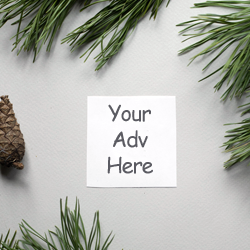Positive Reinforcement Training:
Reward the good behavior when your dog stays calm during separation or doesn′t react negatively to you re-entering their space after being alone. This could involve treats, praise, or playtime.
Make sure your dog understands what "calm" looks like in different situations – even if they seem scared at first. Consistency is key here.
Socialization with Other Dogs:
Introduce your dog to other familiar dogs who live nearby or have been trained by experienced handlers. Let them spend quality time together, including playing fetch or retrieving toys.
Use interactive games such as tug-of-war, chew ball challenges, or agility exercises to build trust between you two and make it easier for your dog to feel comfortable around people.
Desensitize Yourself to Sound Cues:
Gradually let your voice become less distracting to your dog by speaking softly or using a whistle instead of shouting.
Practice using sound cues before going on trips so your dog knows how to respond without panic. For example, say "quiet now," then mimic your own silence before leaving.
Counter-Condition Separation Anxiety Stimuli:
Teach your dog to associate neutral sounds (like baby noises) with the feeling of safety rather than separation. You can use a gentle background noise machine or recordings from nature to create these conditions.
Engage your dog regularly with positive experiences, such as taking them outside, participating in walks, or simply spending quality time together.
Gradual Exposure Technique (GET):
Start with short periods of separation followed by gradually increasing the duration and intensity. This helps your dog get used to going off leash safely.
Be consistent with GET; avoid sudden changes in routine that might cause stress.
Treat Separation As A Learning Opportunity:
Understand that every dog has unique needs and behaviors, which means what works best for one pet may not work for another. If your dog continues to struggle despite trying these tips, consult with a professional animal trainer.
Keep Up With Progress:
Regularly check in with your dog about any improvements in behavior or mental health symptoms related to separation anxiety. Observe their interactions with others to gauge whether socialization efforts are having the desired effect.
Answered by chicagothrow...
at Mar 27, 2024 03:29 AM
Rate this :




